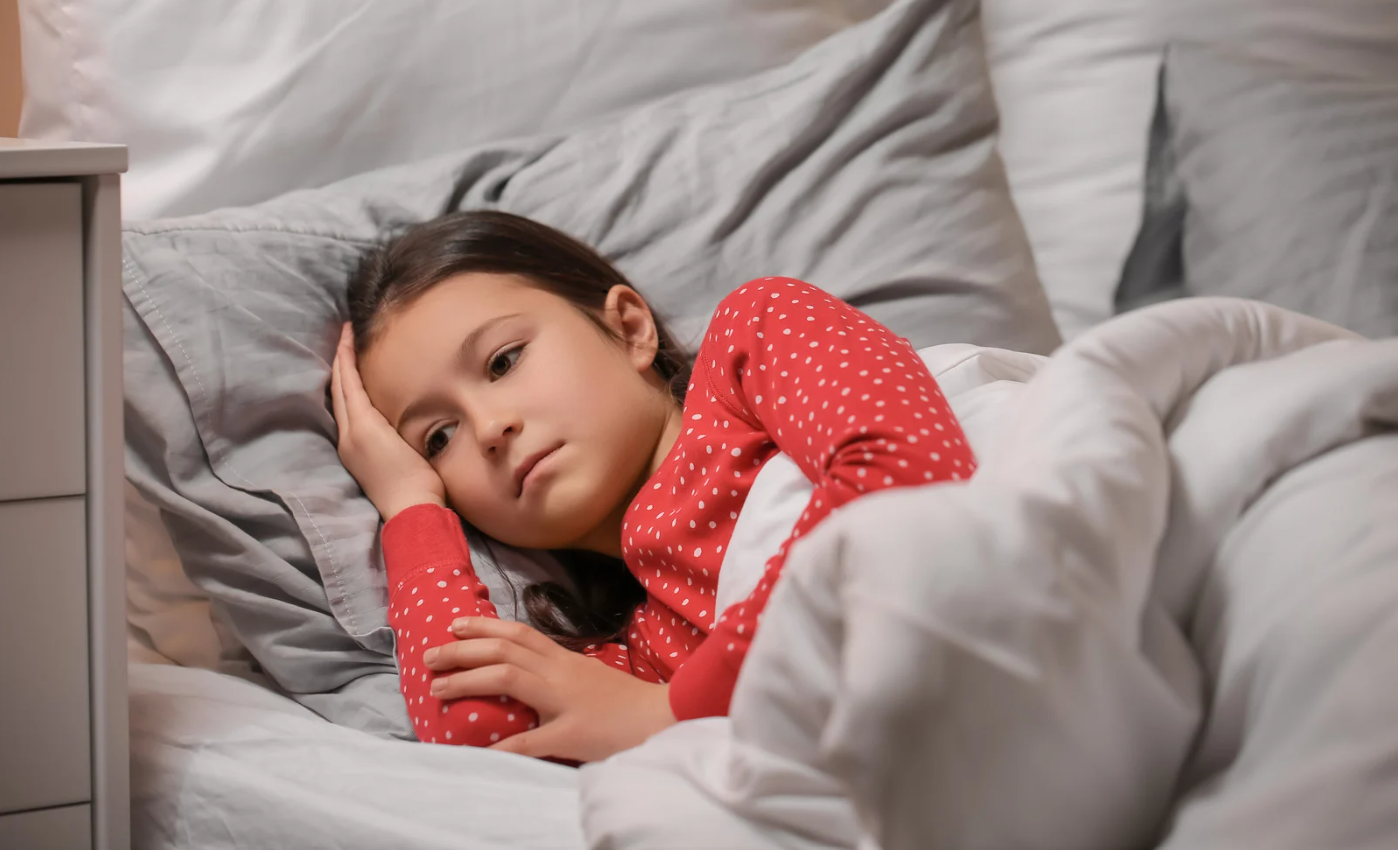Sleep difficulties are common among individuals with autism spectrum disorder (ASD), affecting both children and adults.
These challenges can range from difficulty falling asleep and staying asleep to irregular sleep patterns and early waking. Poor sleep can exacerbate other autism-related challenges, including heightened anxiety, sensory sensitivities, and difficulties with focus and communication. Understanding the causes and implementing effective strategies can significantly improve sleep quality and overall well-being.
Common Sleep Challenges in Autism
People with autism may experience a variety of sleep-related difficulties, including:
- Difficulty Falling Asleep – Many individuals with ASD struggle with sleep onset due to heightened sensitivity to stimuli, such as noise, light, or tactile discomfort.
- Frequent Night Wakings – Disruptions in sleep may occur throughout the night, making it difficult to maintain restful, continuous sleep.
- Early Waking – Some individuals wake up too early and find it challenging to return to sleep.
- Irregular Sleep Patterns – Inconsistent sleep schedules or an inability to recognize nighttime cues can lead to disrupted sleep cycles.
- Co-occurring Conditions – Anxiety, gastrointestinal issues, and sensory processing challenges can contribute to sleep disturbances.
Tips to Improve Sleep Quality
While sleep challenges can be persistent, the following strategies can help create a more restful sleep environment and promote better sleep habits:
1. Establish a Consistent Sleep Routine
Having a predictable bedtime routine can help signal to the body that it is time to wind down. This may include activities such as taking a warm bath, reading a book, or engaging in calming activities before bed.
2. Create a Sleep-Friendly Environment
Minimizing noise, reducing light exposure, and ensuring a comfortable room temperature can help create an optimal sleep setting. Using blackout curtains, white noise machines, or weighted blankets may be beneficial for individuals with sensory sensitivities.
3. Limit Screen Time Before Bed
Exposure to blue light from screens can interfere with melatonin production, making it harder to fall asleep. Encourage at least an hour of screen-free time before bed.
4. Use Relaxation Techniques
Calming strategies, such as deep breathing, meditation, or gentle stretches, can help reduce anxiety and prepare the body for rest.
5. Monitor Diet and Caffeine Intake
Avoiding caffeine, sugar, or heavy meals close to bedtime can prevent sleep disturbances. A light snack with protein or complex carbohydrates may help promote sleep.
6. Encourage Physical Activity
Regular physical activity during the day can support better sleep at night. However, avoid vigorous exercise close to bedtime as it may have the opposite effect.
7. Consider Sleep Aids with Professional Guidance
In some cases, melatonin supplements or other sleep aids may be recommended by a healthcare professional. Consulting a doctor before using any sleep supplements is essential.
Conclusion
Sleep difficulties can be challenging for individuals with autism and their families, but implementing structured sleep routines and making environmental modifications can lead to meaningful improvements. By addressing sensory sensitivities, maintaining consistency, and promoting relaxation techniques, individuals with autism can experience better sleep and improved quality of life. If sleep difficulties persist, consulting a sleep specialist or healthcare provider can offer further personalized strategies and support.

